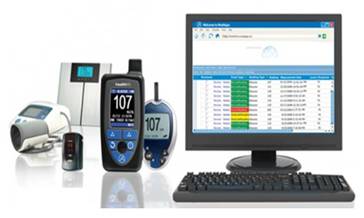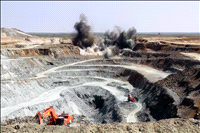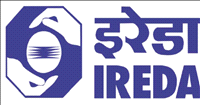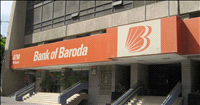Nursing care in a virtual world
14 Sep 2011
''Fishermen on boats, they eat all kinds of stuff,'' says nursing professor Antonia Arnaert. She is voluble in her excitement about her most recent research project, which involved teaching patients with uncontrolled diabetes to use smart phones and the Internet to communicate with the nurses responsible for monitoring their health.
 In a pilot project for the Public Health Agency of Canada, diabetic patients in four regions of Quebec - the Lower North Shore, the Îles de la Madeleine, and in two different areas in Montreal - submitted their blood sugar readings to the nurse on a daily basis, using a secure website. Patients also answered a series of questions daily about their exercise, diet, and food care practices.
In a pilot project for the Public Health Agency of Canada, diabetic patients in four regions of Quebec - the Lower North Shore, the Îles de la Madeleine, and in two different areas in Montreal - submitted their blood sugar readings to the nurse on a daily basis, using a secure website. Patients also answered a series of questions daily about their exercise, diet, and food care practices.
The nurses monitored patient responses from a distance and provided the appropriate follow-up as needed. If the patient's readings were outside predetermined parameters, the values appeared in red in the system and an alarm was triggered.
Nurses also sent patients appropriate educational material to support behaviour modification and self-management.
''Patients with chronic diseases like diabetes, or who have gone through surgery, often have lots of questions and the doctors and nurses don't always have the time to answer them,'' Arnaert said. ''My work is about trying to develop a new method of providing nursing care and telenursing has a big role to play there.''
Tele-monitoring is an avenue for health care delivery that is getting increasing attention as an effective means of delivering care to patients who are in remote locations, or whose health needs long-term monitoring.
''With tele-nursing, whether using video-conferencing or text-messaging, patients say they feel they get lots of attention from their nurses, because they know that they have their full attention for an hour – some of them even dress up for it. They said that tele-monitoring provided them with a sense of confidence in their ability to manage their diabetic condition themselves,'' Arnaert explained.
Arnaert has over 20 years of experience in designing, developing and delivering telehealth nursing services to the elderly and chronically ill persons living at home. Dr. Hélène Ezer, director of the school of nursing, is enthusiastic about the research.
''Dr. Arnaert's research projects in monitoring patients with diabetes, hypertension, chronic obstructive pulmonary disease and at the end-of-life serve as a springboard for the delivering of care to more acutely ill persons in the post-hospital phases of their illness. At a time when we face shortages among all health professionals, the implementation of telehealth monitoring is an innovative solution in the delivery of care. The incorporation of a visual and interactive component between a nurse and patient maintains the critically important personalised relationship required for healthcare.''
Dr. Arnaert's latest research was funded by the Public Health Agency of Canada and managed by the Italian-Canadian Community Services of Quebec, Inc. and East Island Network for English Language Services.


















.jpg)










